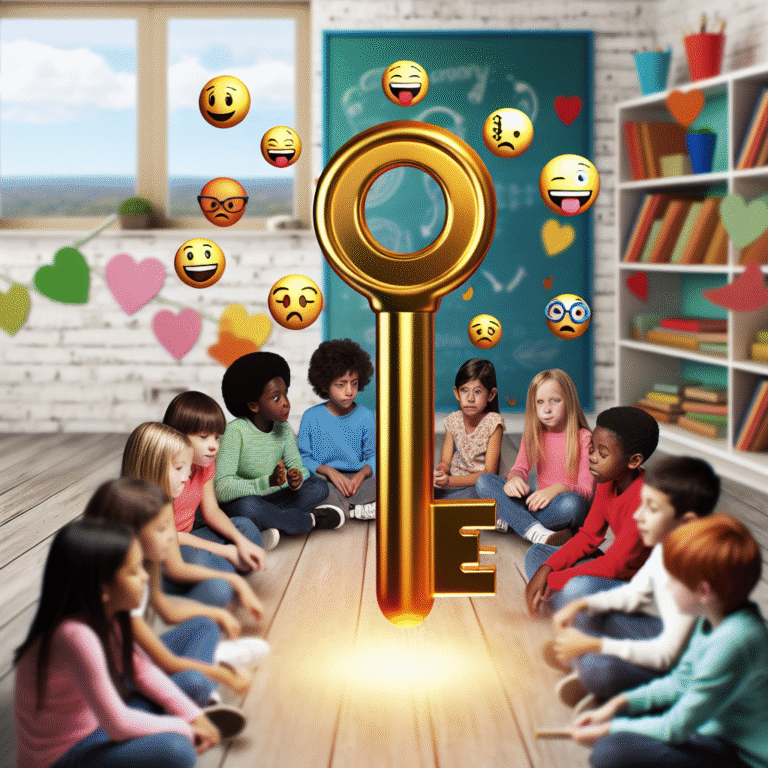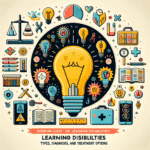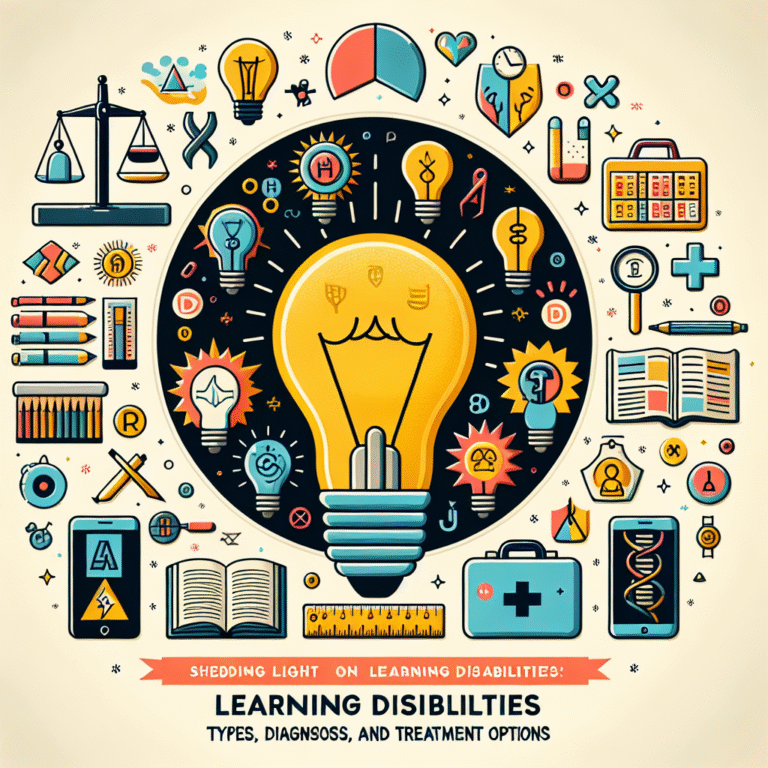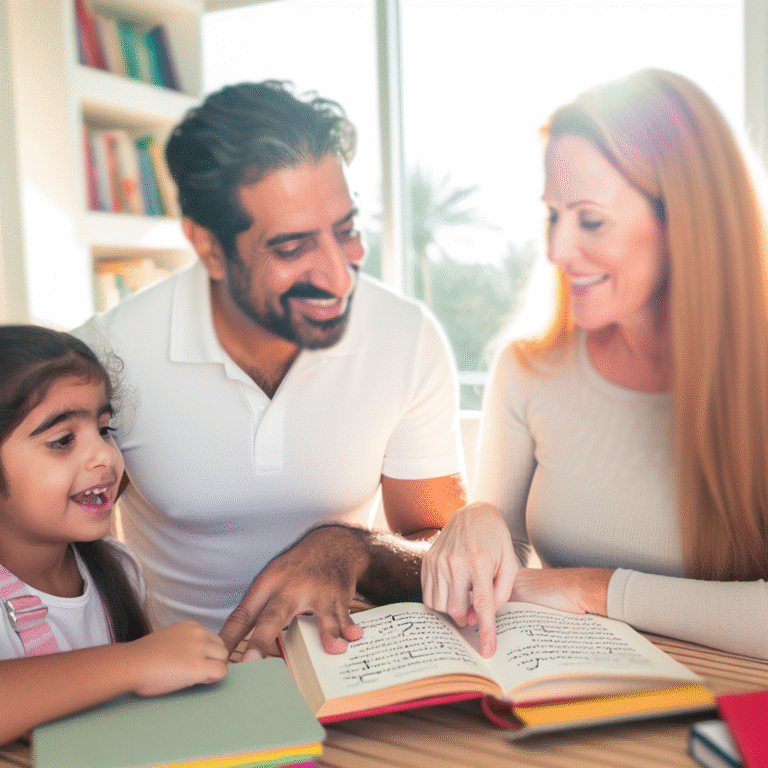
From Tantrums to Tranquility: Proven Emotional Regulation Techniques for Children
Introduction
Every parent has faced moments when their child’s emotions seem to erupt like a volcano. Whether it’s a tantrum in a grocery store or a meltdown before bedtime, managing a child’s emotional responses can be one of the most challenging aspects of parenting. However, understanding and implementing effective emotional regulation techniques can transform these tumultuous episodes into moments of learning and growth. In this article, we’ll explore From Tantrums to Tranquility: Effective Emotional Regulation Techniques for Children. By the end, you’ll be equipped with practical strategies to help children navigate their feelings more calmly and constructively.
Understanding Emotional Regulation
What Is Emotional Regulation?
Emotional regulation refers to the ability to manage and respond to one’s emotional experiences in a healthy way. For children, this skill is vital as they are often still learning how to express and control their emotions. Mastering emotional regulation can lead to improved social interactions, better academic performance, and overall emotional well-being.
The Developmental Aspect
Children develop emotional regulation skills over time, often beginning in the toddler years when tantrums are frequent. By providing support and modeling healthy emotional responses, parents can guide their children from impulsive reactions to thoughtful responses.
Why It Matters
Failing to develop these skills can lead to difficulties in later life, including challenges with relationships, academic performance, and mental health issues. Research shows that children who learn to regulate their emotions are more likely to succeed socially and academically, making the journey from From Tantrums to Tranquility: Effective Emotional Regulation Techniques for Children absolutely essential.
Key Emotional Regulation Techniques
1. Modeling Calmness
Children often emulate the behavior of adults. When parents remain calm during emotional outbreaks, they set an example for their children. This technique includes:
Deep Breathing: Demonstrate slow breathing techniques during stressful moments, showing how to take a pause.
- Positive Self-Talk: Use affirmations to reinforce calmness. For example, saying, "I can handle this" can empower children to manage their feelings.
Case Study: Sarah and Cody
Sarah noticed her son Cody having frequent breakdowns over minor frustrations. By implementing calm breathing techniques during these episodes, Cody began to mirror her actions. Eventually, he learned to take deep breaths on his own before reacting, illustrating the effectiveness of modeling behavior.
2. Emotional Vocabulary Development
Teaching children about emotions can create a foundation for effective regulation. This includes:
Emotion Cards: Using visual aids to help children identify their feelings can improve their ability to express themselves.
- Storytelling: Sharing stories that describe various emotions helps children understand different scenarios and how to react to them.
Table: Common Emotions and Their Signs
| Emotion | Signs | Healthy Expression |
|---|---|---|
| Anger | Clenching fists, shouting | Counting to 10 |
| Sadness | Crying, withdrawal | Talking about feelings |
| Anxiety | Fidgeting, pacing | Deep breathing |
| Happiness | Smiling, laughing | Playing and sharing joy |
3. Establishing a Routine
Consistency can aid emotional regulation. By developing an everyday routine, children feel a sense of security. This can include:
Predictable Bedtimes: Establish a calm, standardized evening routine to help children wind down.
- Regular Check-Ins: Schedule daily moments to discuss feelings and experiences.
Case Study: Jamal’s Bedtime Routine
Jamal was often anxious at night. His parents created a structured bedtime routine involving storytelling and relaxation exercises. This not only eased his anxiety but also prepared him emotionally to tackle the next day, showcasing how consistency generates tranquility.
4. Utilizing Mindfulness Techniques
Mindfulness can be a powerful tool in the emotional regulation toolbox. Activities can include:
Mindfulness Exercises: Simple activities like focusing on breath or listening to calming music can help children recognize and manage their feelings.
- Nature Walks: Observing nature encourages children to engage with their surroundings and helps center their emotions.
Case Study: Lisa’s Nature Walks
Lisa frequently experienced overwhelming emotions in high-pressure situations. Her parents implemented weekly nature walks, integrating mindfulness activities like focusing on sounds and textures. Lisa began finding peace and clarity, showing how From Tantrums to Tranquility: Effective Emotional Regulation Techniques for Children can be applied in various contexts.
5. Reinforcing Positive Behavior
Recognizing and rewarding positive emotional regulation can encourage children to continue using these skills. Methods for reinforcement include:
Praise: Actively comment on instances where the child successfully manages their emotions.
- Sticker Charts: Implement a reward system where children earn stickers for using emotional regulation techniques effectively.
Table: Reward System Example
| Day | Emotion Regulated | Reward |
|---|---|---|
| Monday | Sadness | Fun Activity |
| Tuesday | Anger | Extra Story at Night |
| Wednesday | Frustration | Small Treat |
Challenges in Teaching Emotional Regulation
Despite the best intentions, parents may encounter obstacles when guiding their children toward emotional regulation. Common challenges include:
1. Resistance
Children might resist learning about emotions, viewing discussions as tedious. Addressing this can involve making the learning process engaging through games and activities.
2. Age Appropriateness
Adjusting techniques to fit a child’s developmental stage is crucial. Tailoring language and activities to match their understanding is necessary.
3. Environmental Factors
External factors such as family stress, peer pressure, or transitioning to new environments can significantly impact a child’s emotional well-being. Building a stable home environment, where children feel safe to express their feelings is vital.
Integrating Emotional Regulation into Daily Life
1. Family Discussions
Create an open environment where feelings are regularly discussed. Encourage family members to share their emotional experiences, making it a normal part of daily life.
2. School Involvement
Collaboration with educators can enhance a child’s emotional learning. Schools can integrate emotional intelligence programs that complement home teachings.
3. Consistency Across Caregivers
Ensure that all caregivers (e.g., parents, grandparents, babysitters) are on the same page when it comes to emotional regulation techniques. Consistency reinforces learning.
Conclusion
Navigating the journey of From Tantrums to Tranquility: Effective Emotional Regulation Techniques for Children requires patience and understanding. The techniques outlined above are not only essential but also empowering. As you embrace these strategies, you’ll find that your child’s emotional landscape can transform dramatically, leading to greater resilience and interpersonal success.
It’s important to remember that building emotional regulation skills takes time. Celebrate small victories along the way, as each step contributes to a more tranquil environment for your child.
FAQs
1. What age should I start teaching emotional regulation techniques?
You can start teaching emotional regulation as early as preschool age. Simple activities like reading about emotions and using emotion cards can be effective.
2. How do I address my child’s intense emotions without dismissing them?
Acknowledge their feelings by validating what they’re experiencing. Phrases like “It’s okay to feel angry” can make your child feel understood.
3. Are these techniques effective for all children?
While most children can benefit from these techniques, some may require additional support, such as from a child psychologist, especially if emotional issues are severe.
4. How can I gauge my child’s progress in emotional regulation?
Observe your child’s ability to express their feelings, use emotional vocabulary, or avoid tantrums over time. Keeping a journal can help document changes.
5. What should I do if my child continues to have frequent outbursts despite applying these techniques?
Consulting a professional, like a therapist or counselor, can provide additional support and methods tailored specifically to your child’s needs.
By launching your child on the path to emotional regulation, you’re not just addressing the immediate issues of tantrums; you’re laying the groundwork for a fulfilling and robust emotional future. From moments of chaos to calm, the journey is both challenging and rewarding—inviting you and your child to discover tranquility together.

















